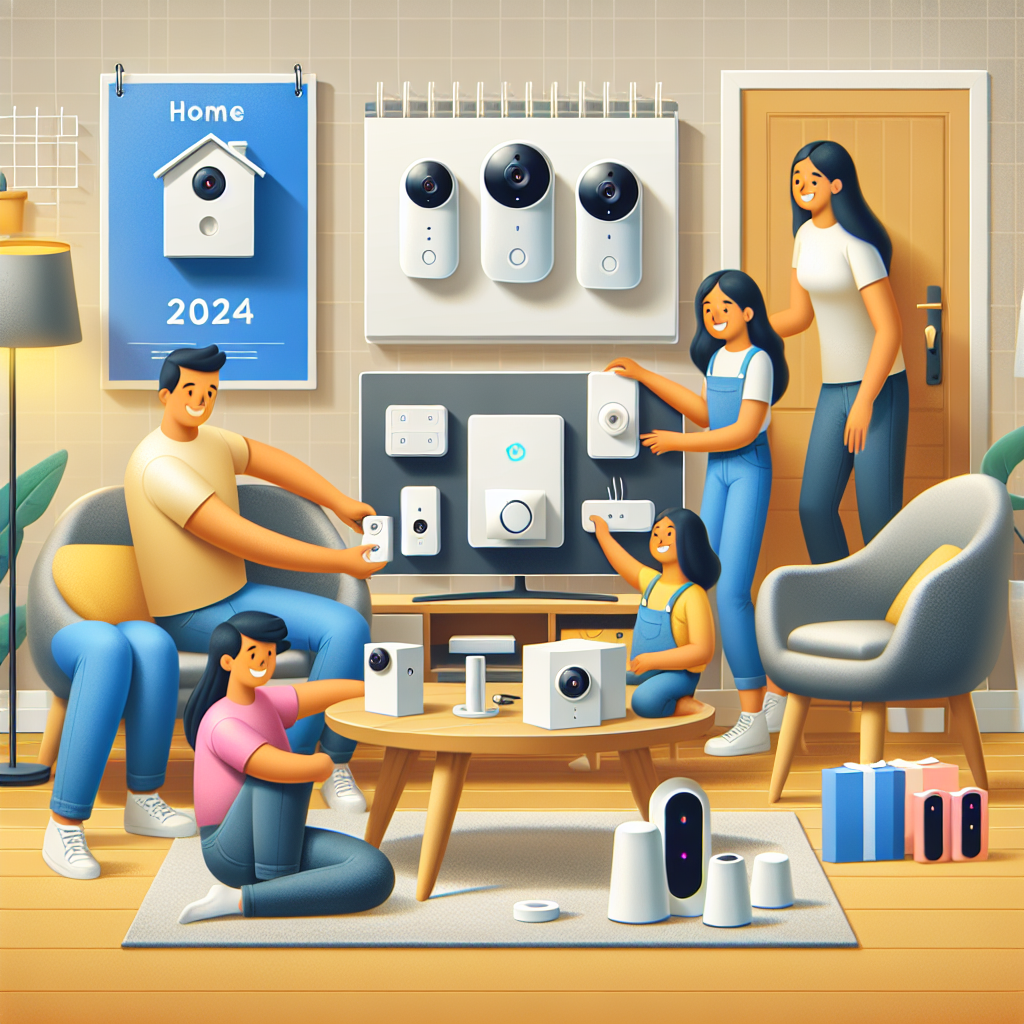When it comes to selling your home, first impressions are crucial. One of the most impactful ways to ensure your home stands out in the competitive real estate market is through a carefully chosen exterior paint color. A harmonious color scheme not only elevates your home’s curb appeal but can also significantly influence potential buyers’ perceptions, potentially increasing the property’s value. This guide delves into the psychology of color and highlights trending exterior paint colors that are proven to attract offers.
The Psychology of Color in Home Selling
Color plays a pivotal role in human psychology, eliciting emotions and reactions that can influence decision-making. In the realm of real estate, the exterior color of a home can convey warmth, sophistication, or modernity, affecting how quickly a home sells and at what price. Neutral tones, for example, are universally appealing, offering a blank canvas that allows buyers to envision themselves in the space. On the other hand, bold colors can make a statement but may limit the pool of interested buyers.
Neutral Color Schemes: A Safe Bet
Neutral colors have long been favored for their versatility and broad appeal. Shades like beige, taupe, and light gray complement most landscapes and architectural styles, making them a safe choice for sellers. These hues not only look clean and inviting but also help to highlight the home’s best features. They serve as an excellent backdrop for colorful landscaping and decorative elements, allowing those accents to take center stage.
Trending Neutral Paint Colors for Home Exteriors:
- Soft Taupe: Offers a warm, inviting feel.
- Slate Gray: Delivers a sleek, modern look.
- Creamy White: Creates a bright, airy appearance.
Bold Color Schemes: Stand Out in the Market
While neutral colors are universally appealing, selecting a bold color scheme can differentiate your home in a crowded market. Dark blues and greens have emerged as popular choices for those looking to make a statement while still appealing to a broad audience. These colors work well with white trim and natural wood accents, offering a contemporary twist to traditional exteriors.
Popular Bold Paint Colors for Selling Your Home:
- Navy Blue: Conveys confidence and sophistication.
- Hunter Green: Blends with natural surroundings for a serene vibe.
- Rich Burgundy: Adds depth and luxury to the home’s facade.
Accent Colors: The Finishing Touch
Accent colors, used strategically on the front door, shutters, and trim, can further enhance curb appeal and create a memorable first impression. Bright colors, like red or yellow, can add a pop of interest and personality to the home’s exterior without overwhelming potential buyers. These accents should complement, not clash with, the primary exterior color to create a cohesive look.
Tips for Choosing the Right Exterior Paint Color
- Consider Your Home’s Architecture: The architectural style of your home can influence which colors will look best. Traditional homes may benefit from classic, timeless hues, while contemporary homes can carry more modern, bold colors.
- Look at the Landscape: Ensure the chosen colors harmonize with the surrounding landscape and your home’s natural setting.
- Test Your Colors: Always test paint colors on a small section of your home’s exterior before committing. Observe how the color looks at different times of the day and under varying weather conditions.
- Consult with a Professional: If you’re unsure, consider consulting with a professional color consultant or exterior designer. They can provide insights into the latest trends and what works best for your home’s style and location.
Conclusion: The Power of Paint
The right exterior paint color can transform your home’s appearance, enhance its curb appeal, and potentially increase its sale price. Whether you opt for a neutral palette that appeals to the masses or a bold scheme that stands out, the key is to choose colors that complement your home’s architecture and setting. With thoughtful selection and strategic accents, your home can capture the hearts of potential buyers the moment they lay eyes on it.


